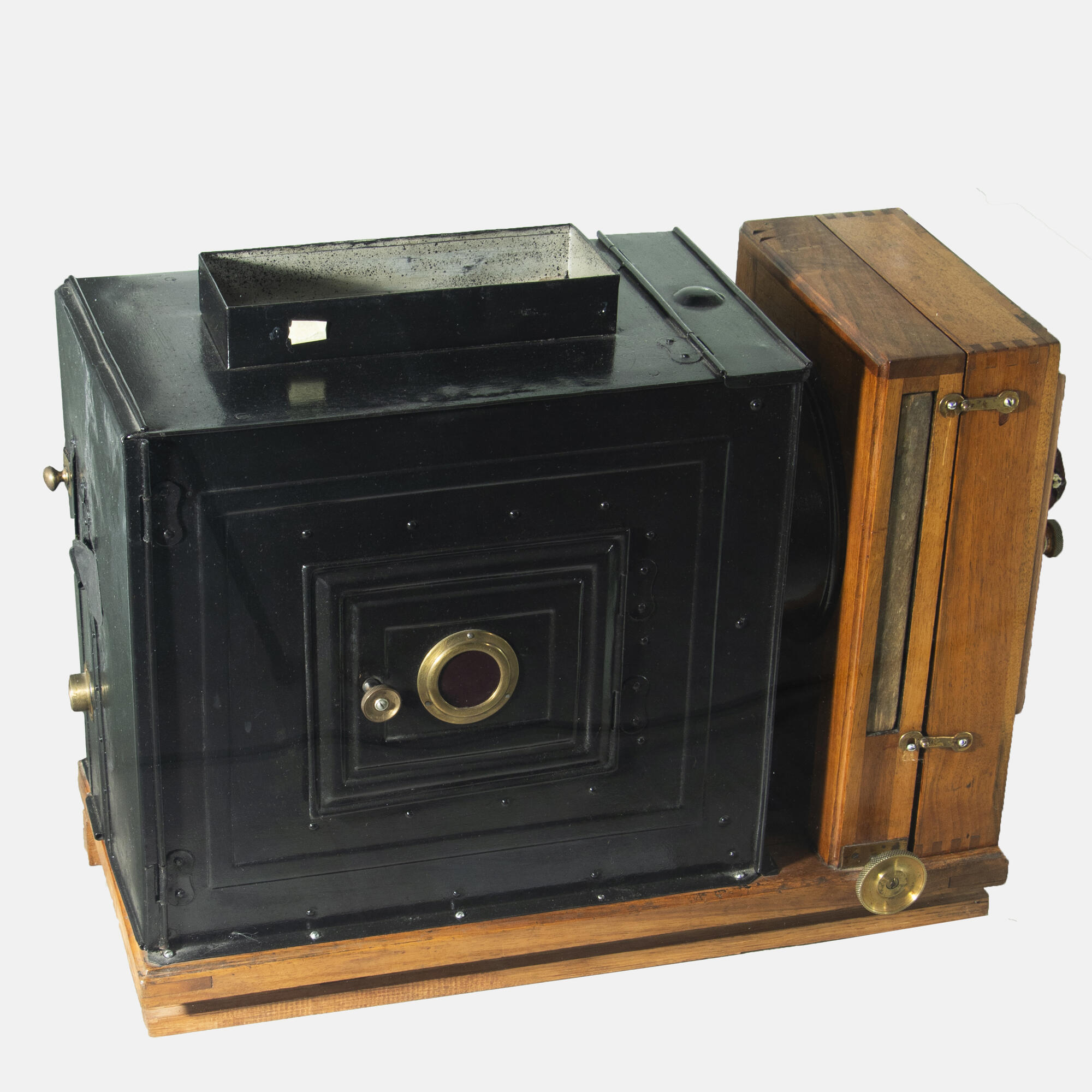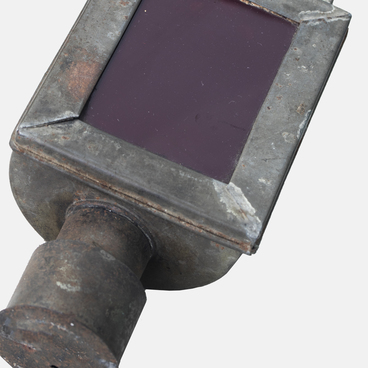A projector is the ancestor of the modern photographic enlarger, and its creation happened in several stages. The first similar device was created by the British chemist Sir Humphry Davy, who used a solar microscope to project images onto light-sensitive paper (a prototype of photographic paper). In a report on his joint experiments with Thomas Wedgwood, published in 1802, Humphry Davy recorded that “images of small objects, produced by means of the solar microscope, may be copied without difficulty on prepared paper.” This technique of projecting images formed the basis for the next stage in the development of the darkroom enlarger — the solar camera.
The invention of heliography and daguerreotype led scientists to look for ways to enlarge the resulting images. For this purpose, John William Draper used a large camera on a rigid stand.
In March 1843, Alexander Woollcott and John Johnson patented a new method of copying and enlarging daguerreotypes. But the history of photographic enlargers is generally considered to have begun with the patent obtained by William Henry Fox Talbot. He found a way to replicate prints from a paper negative that could be enlarged using a solar camera.
In 1857, David Woodward perfected the camera’s design, calling it a solar magnifying camera: it used a catadioptric optical system that received the rays of a light source and directed them at the projected object. Photographers of the time were in desperate need of such a device, as demand for large portraits had greatly increased.
The English photographer Julia Margaret Cameron, who is considered one of the most important portraitists of the 19th century, managed to print enlarged images using a solar camera. Each of them required a five-minute exposure. The solar camera allowed portraits to be enlarged up to life-size.
It was not until 1879, when highly sensitive
gelatin-silver photographic paper began to be mass-produced, that the existing
photographic enlarger prototypes could be modernized. Many of them were already
powered by kerosene lamps instead of sunlight.



